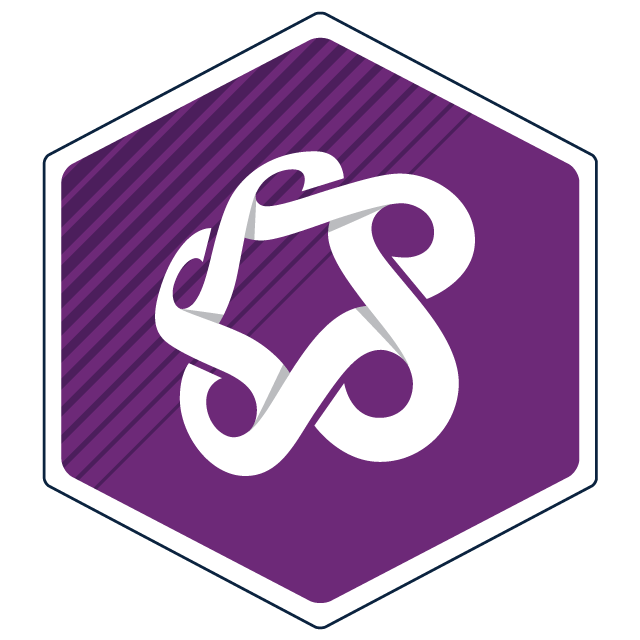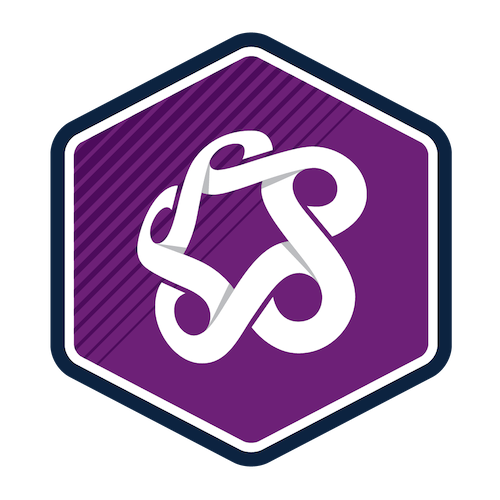Overview
Unleash your creativity with Adobe InDesign — the most widely used desktop publishing program in the publication, marketing and promotion industries.
InDesign allows you to create annual reports, interactive digital publications, magazines, newspapers, catalogues, resumes, EPUBs and more.
This course covers advanced InDesign topics, including styling typography, creating styles using object tools, interactive tools, grid layout, and creating professional publications, e-books and more.
Gain the knowledge and skills you need to bring your page layouts to life and create publications for a wide variety of media.
We strongly recommend you complete DSGN 010 - Adobe InDesign I before registering for this course.
Upon completion of this course, you will be able to:
- navigate the InDesign interface and select the appropriate tools, menu items, and panels to perform advanced techniques and design page layouts
- style type using InDesign character and paragraph styles to create organized and efficient documents
- create and apply references in InDesign for increased document readability and usability
- use layout grids to develop complex page layouts and to provide layout variety options
- use the interactive workspace to create and modify pages to develop complex interactive page layouts
- publish and export documents using the share tool in InDesign to create digital and print publications
- design a complex and compelling interactive document that showcases your conceptual, creative, and technical skills and communicates your typographic process.
Upcoming dates
Select an available section and add it to your cart. When you're ready, proceed to check out to sign into your student account and complete your registration.
Don't have a student account? Let's set one up!
Registration closes seven days before the start date for on-campus, online scheduled, and blended courses, and one day before the start date for online self-paced courses.
After you've completed this course
Upon successful completion of this course, you'll be able to self-print a proof of completion document from your Continuing Education student account.
Micro-Credential
Aligned to current industry standards, SAIT’s micro-credentials develop practical, real-world skills and include competency-based testing. Earning a SAIT micro-credential demonstrates to employers you have the required competencies — both skills and knowledge — to get the job done.

Students who successfully complete this course with a final grade of A- (80%) or higher will earn a micro-credential and receive a shareable digital badge.
Costs
Textbook and reading list
All required course materials are included in your tuition fees.
Technology
To be successful in this course, you’ll need:
- Access to your own computer or laptop with standard hardware/software requirements.
- Internet access
- Adobe Creative Suite. You can access educational pricing to purchase the software using your SAIT email address as proof of student status. You must have the software before your first class.
A functional webcam and microphone are recommended to allow for a more collaborative learning experience.
Financial support
Financial opportunities are available to help pay for your course fees. Learn more about how to reduce your education or training costs with available awards, bursaries, loans and grants, including the Canada Alberta Productivity Grant.
Applicable certificates
This course applies to the following certificate programs:

Train your team
Interested in group training opportunities for this course? Tell us about your organization's needs, and one of our training consultants will contact you within one business day.

Oki, Âba wathtech, Danit'ada, Tawnshi, Hello.
SAIT is located on the traditional territories of the Niitsitapi (Blackfoot) and the people of Treaty 7 which includes the Siksika, the Piikani, the Kainai, the Tsuut’ina and the Îyârhe Nakoda of Bearspaw, Chiniki and Goodstoney.
We are situated in an area the Blackfoot tribes traditionally called Moh’kinsstis, where the Bow River meets the Elbow River. We now call it the city of Calgary, which is also home to the Métis Nation of Alberta.
